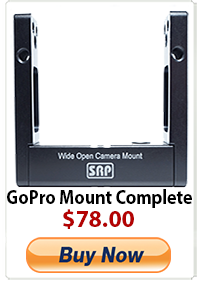The importance of being agnostic… with cameras.

There is an alphabet soup stirring around the camera industry today. Names like: PMW-F3, EOS C300, NEX-FS100, and what about the HD-RH1? Also, you have inspiring names out there such as Alexa, Epic, Scarlet, and Phantom.
Ok, so many of you reading this are already thinking, “Sure. But get to point. Which one is the best?” Well, how do you define best?
Best: adj \ˈbest\ : most productive of good : offering or producing the greatest advantage, utility, or satisfaction
.
So now we come to the baseline for my argument. Let’s rewind the clock about 10-15 years and reflect on this question. What was the best back then? It certainly wasn’t our current dilemma. Digital cinematography was a burgeoning, feeble technology compared to film, the legacy format that was the king for many, many years. What did a cinematographer do back then to evaluate what was the best medium to capture with? Test, test, test. Film stocks. 5219, 5207, 7213 and names like VIVID, EXR, and Vision were the dominant format of choice for the DP to choose from. Each stock had different characteristics, strengths, and abilities over the other. Some were very sensitive but had a higher grain structure and some were slower but offered almost visibly no grain at all. Choices. So many choices.
This brings us back to the question at hand. What is the best? Digital sensors are our film stocks of today. Find out for yourself and test, test, test. Each new digital medium has its benefits and drawbacks. I am not going to go into semantics and fan boy-ism, citing reasons for one over the other. Rather, each has its own strengths in its dynamic range, sensor size, frame rate/size, lens mount options, recording mediums, and post workflow options. It is up to you, the cinematographer, to evaluate what is best for you for the particular situation at hand.
But there is one rule that has been bestowed on me from one of my mentors: If you know the range of the medium that you are lighting for, find middle grey, don’t blow out your highlights or crush your blacks and you’re pretty much set to capture a great image. Food for thought. Cheers, and happy shooting!











Pingback: Wide Open Camera: The Importance of Being Agnostic… With Cameras | Kelly On A Tangent